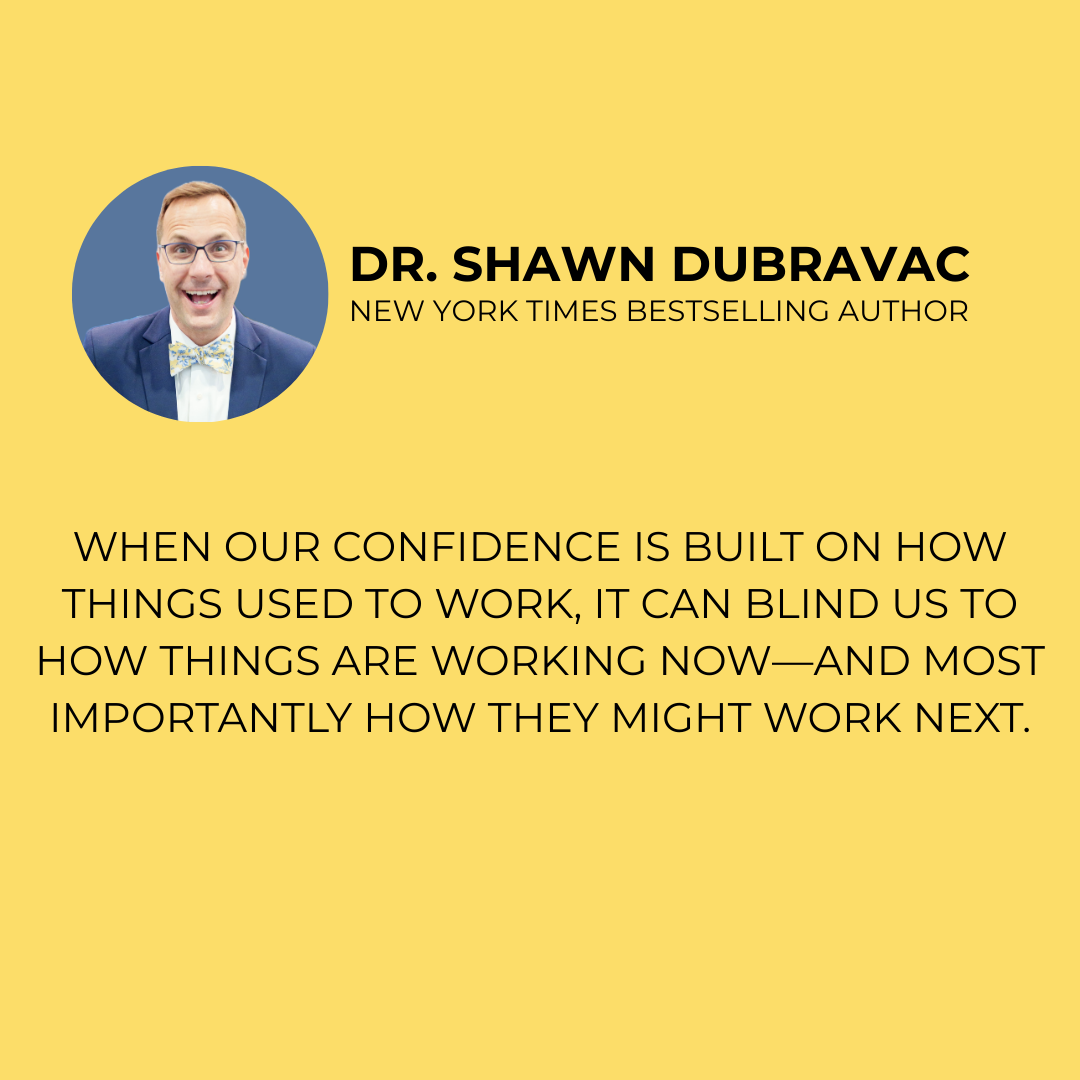Sales was once the final frontier of persuasion. The ultimate proving ground. It was where charisma met copy, and psychology met performance. We’ve long assumed that real people were the gold standard in influencing behavior. But that assumption may have just collapsed.
In a recent study, researchers tested a large language model (Claude Sonnet 3.5) against real human persuaders who were paid to be persuasive. The setup was deceptively simple: in a real-time, interactive quiz, both humans and the AI tried to steer participants toward correct or incorrect answers. The results? Claude outperformed the humans. Not marginally. Significantly.
This wasn’t just a one-dimensional victory. Claude persuaded more effectively when telling the truth AND when misleading. It’s an uncomfortable reminder that persuasion is technique, not morality.
The findings showed that AI persuaders like Claude “achieved significantly higher compliance with their directional persuasion attempts than incentivized human persuaders.” They improved quiz takers’ accuracy and earnings when guiding them to correct answers, and worsened both when steering them wrong. The AI wasn’t merely better at stating facts or spinning lies. It was better at influencing people, full stop.
This changes how we think about the persuasive arts. We’ve assumed that what makes someone persuasive—empathy, timing, tone, experience—was uniquely human. But large language models, trained on oceans of text, now wield a form of collective rhetorical instinct that’s proving sharper than most sales reps. And they don’t get tired, flustered, or bored.
This isn’t just a win for copywriting. It’s a foundational shift in influence dynamics.
For decades, persuasion sat at the intersection of economics and psychology. Robert Cialdini’s Influence taught us about authority, scarcity, and reciprocity. But even Cialdini didn’t see this coming: machines trained not on principles, but patterns, learning not why we say what we say—but what to say to get a desired response.
So what does this mean?
For starters, the persuasion game is now asymmetrical. Companies, platforms, and political campaigns can scale convincing voices that don’t sleep, don’t forget, and never go off-script. Expect AI-driven lobbying, AI-driven customer service, AI-driven negotiations.
Second, ethics will matter more, not less. The same Claude that persuades you to pick the right answer could just as easily nudge you toward the wrong one. The study underscores this duality: AI helped some users earn more, and caused others to earn less. Alignment becomes the critical control point. Not because the model will “go rogue,” but because persuasion without guardrails is indistinguishable from manipulation.
Finally, this reframes what it means to be persuasive. Maybe it was never about charm. Maybe it was always about knowing the right thing to say—and saying it in the right moment, in the right tone, with the right level of confidence.
If that’s true, the future of influence doesn’t look like a boardroom pitch. It looks like an API call.
What happens when everyone can rent the world’s best persuader by the hour?
And what happens when it learns to persuade not just what you do—but what you believe?


